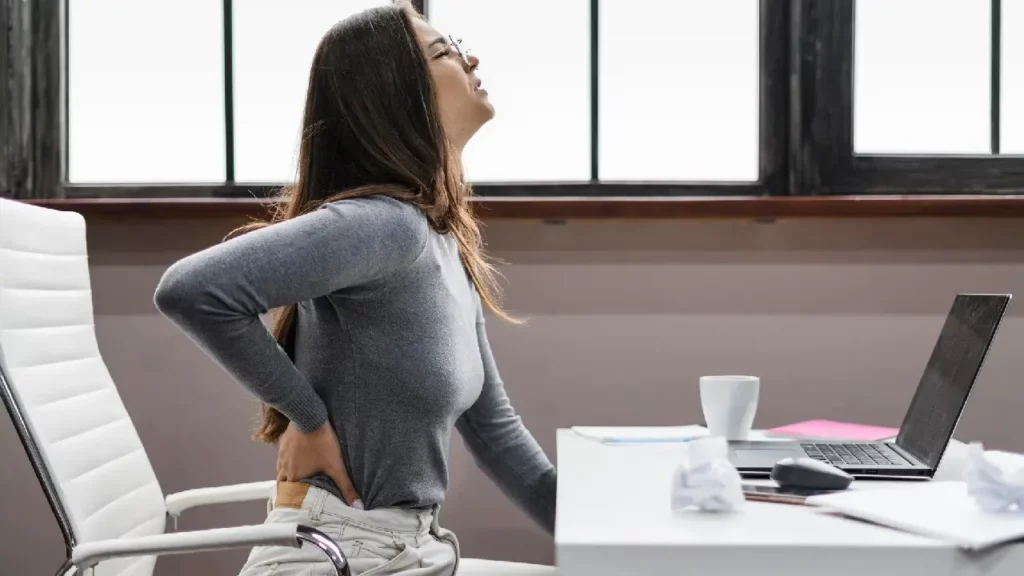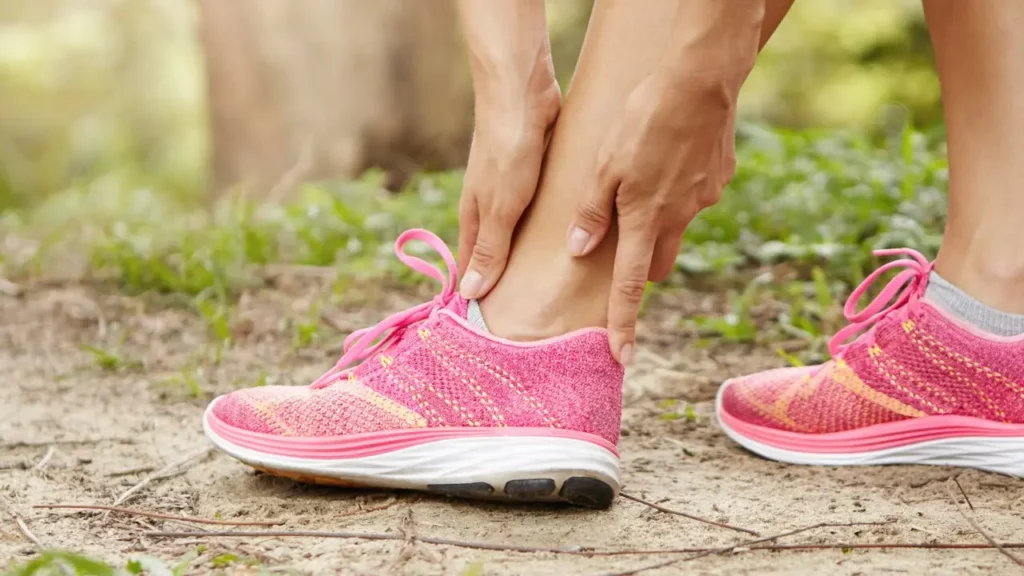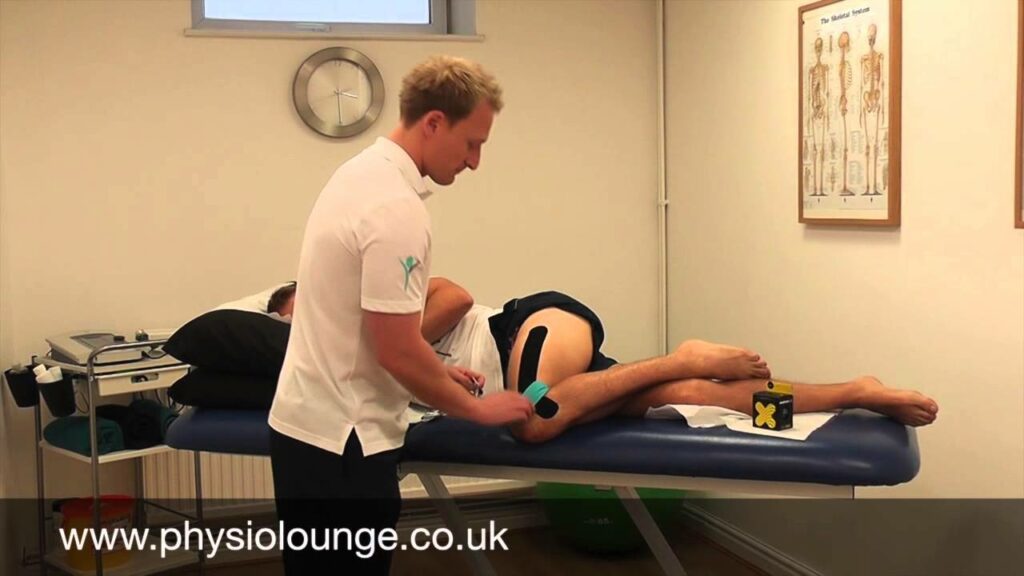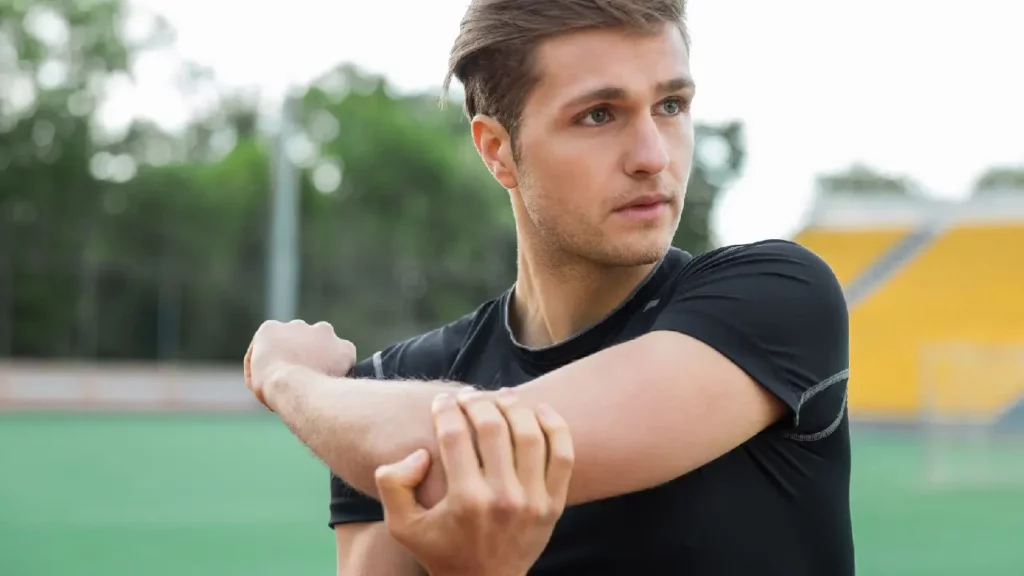Have you got shoulder pain? Maybe some clicking in the shoulder? Don’t know where the heck it’s coming from? Well, you’re in the right place. So we’re all on the same page before we start, there are obviously lots of structures that can cause shoulder pain, the labrum is one of them so here are a few tips and info on how to know if that might be your issue.
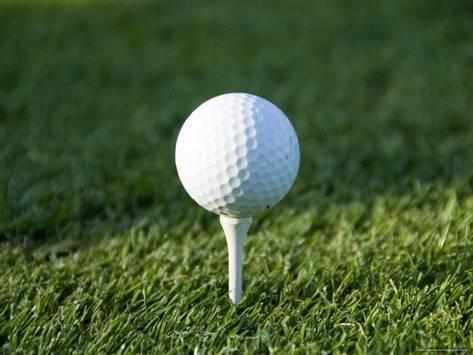
What is the labrum?
The labrum is a ring of cartilage that runs round the edge of the shoulder joint socket. It’s there to essentially make the socket a bit deeper so that the ball is more snug and stable. The shoulder joint is often referred to as a “golf ball on a tee” in other words, it’s not the most congruent or structurally stable of joints. It’s made this way to give you the mobility you need for those essential tasks like itching your back or reaching the top shelf. “With great mobility comes less stability.” We won’t get into the complexities of muscular control and stability for the shoulder joint in this post but it is worth mentioning as that’s where we get most of our shoulder stability from.
What is a SLAP tear?
A SLAP tear is just one of those nerdy acronyms we love describing a tear of the superior (top part) labrum from front to back (anterior to posterior) Superior Labrum Anterior to Posterior. It’s not that your labrum can’t be injured in other places, it’s just that those didn’t sound as catchy for a blog post title.
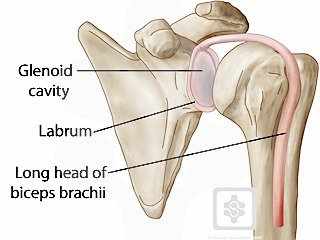
Image source: Shoulder Doc
Need to Know Anatomy
So one structure we have to mention when talking about SLAPs is the long head of biceps. Yes… fun fact your bicep has two heads (bi = twice in Latin) a long and a short head. The long head just so happens to attach to the top of your labrum and is always implicated in some shape or form when you sustain a SLAP tear. If that long head of your biceps takes a beating, if it’s twisted and yanked and you ignore it, sooner or later you’ll probably get a SLAP (literally and figuratively!) So let’s talk about the ways this can happen…
How does a SLAP tear occur?
There are a few different mechanisms as to how a SLAP tear can occur…
- Traumatic: Trauma can cause a SLAP tear whether it was a major trauma such as rugby tackle or a car crash (if you dislocated your shoulder a labral tear can definitely occur). Maybe you fell on an outstretched hand or directly on your shoulder. This can occur due to a forceful compression (squash) where the ball rides up in the socket, running over the attachment point or it could be a forceful traction (yank). So your labrum either gets run over or pulled on.
- Gradually: The ball riding up in the socket to a smaller degree but repeatedly can lead to the same end result. If you do a lot of overhead activities e.g. lifting in the gym with poor shoulder control (keeping ball in the socket) the same thing happens. Equally if you do a lot of pull ups, dropping to the bottom with no control (you’re yanking that long head of biceps every time dude).
- Peel back: Think the cocked back position when you’re throwing something, think high-five. This position is known as the “peel-back” a position that creates a big twist at the anchor of the biceps on the labrum, transmitting a torsional stress to the anchor.
How do I know if I’ve got a SLAP tear?
- Poorly localised pain around the shoulder (may refer down biceps)
- Pain will usually feel deep in the joint
- Clicking/catching/clunking
- Is your pain aggravated by overhead activities?
- Do you get pain in the high-five position if you really crank it back?
- Pain at the bottom of a bench press, shoulder press or chin up?
- Pain turning the steering wheel when your thumb is turned down?
What’s the impact of a SLAP?
As we mentioned before the labrum is one of the static stabilising structures of the shoulder along with the ligaments that keep the ball safely in the socket. When you sustain a labral injury you lose some static stability. This means that the muscles (dynamic stabilisers) have to pick up the slack to keep everything congruent and the ball centered in the tee. There are three main keys! You need to be:
- Strong – The weaker the muscles are around a joint, the more the joint bares the brunt
- Stable – extra good dynamic stability to make up for the loss of static stability
- Fatigue resistant – shoulder stabiliser muscles need to be able to keep doing their job well as long as you need them too
What can you do about it?
If you’re experiencing shoulder pain, you’re not sure what’s causing it, you’ve freaked yourself out googling it and convinced yourself you have a brain tumour… honestly the best thing is to go and get it checked out by a professional. We can help put your mind at ease and come up with a game plan. There are many different treatment options and whether we think physiotherapy can resolve it or feel that surgical management is required, we have strong links with shoulder surgeons we can refer you to.
Wrap Up
The moral of the story is: don’t wait until you get a SLAP from your shoulder. Seek help and advice beforehand. And in the unfortunate event you suspect you may have already been “slapped” then come and see our expert physio team of course 🙂 or you can always request a free callback from a therapist to discuss further.
